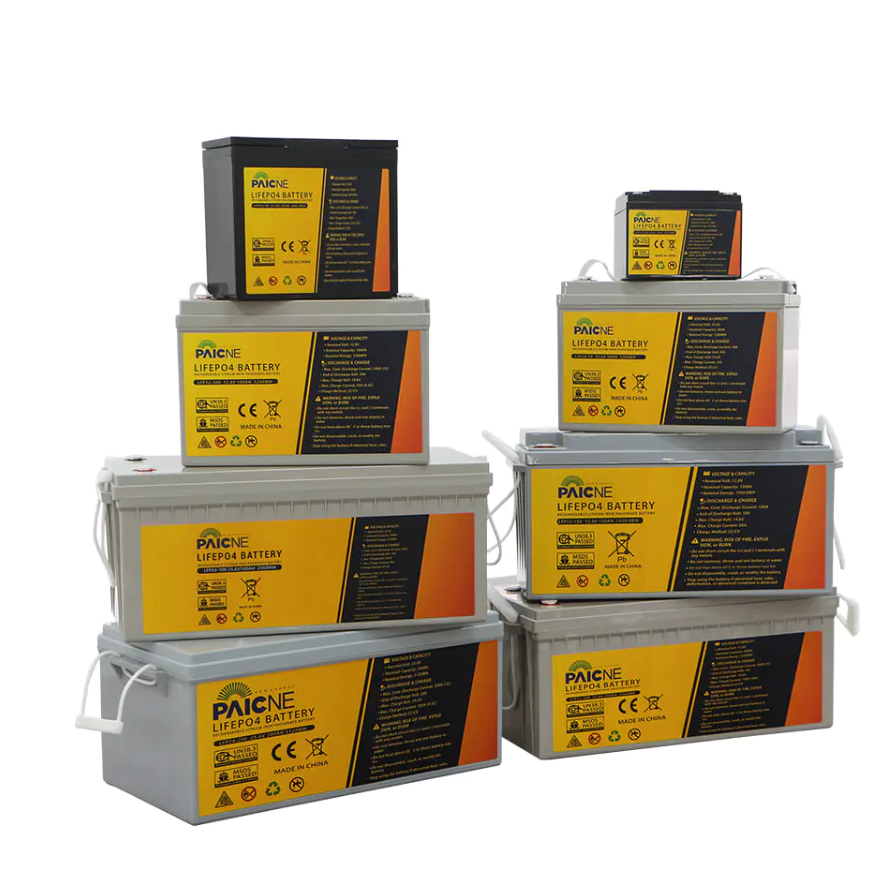Lithium Iron Phosphate Battery stands out in the arena of lithium-ion battery technology due to its exceptional thermal stability, a critical factor for safety and longevity in energy storage solutions. When compared to other lithium battery materials such as Lithium Cobalt Oxide (LCO), Lithium Nickel Manganese Cobalt (NMC), and Lithium Titanate, LFP batteries exhibit superior resistance to thermal degradation and a lower risk of thermal runaway, which can lead to battery fires or explosions.
The thermal stability of the Lithium Iron Phosphate Battery is largely attributed to the iron phosphate cathode material, which has a stable olivine crystal structure. This structure is less prone to lattice damage and thermal expansion compared to other lithium-ion materials, which can suffer from structural breakdown and oxygen release at elevated temperatures, leading to exothermic reactions. The LFP's inherent stability is a result of the low electron mobility of iron, which slows down the exothermic reactions and reduces the risk of thermal runaway.
In contrast, materials like LCO are known for their high energy density but are also more reactive and can become unstable at higher temperatures. NMC batteries, while offering a balance of energy density and stability, are still more susceptible to thermal issues than LFP batteries. The thermal stability of the Lithium Iron Phosphate Battery is further enhanced by its ability to dissipate heat more effectively, as the iron phosphate compound does not conduct heat as efficiently as other materials, which can help to prevent localized hotspots that could trigger thermal runaway.
The safety benefits of Lithium Iron Phosphate Battery's thermal stability have been demonstrated in numerous tests, where LFP cells have been subjected to extreme conditions such as nail penetration, short-circuiting, and overheating. In these tests, LFP batteries have shown a remarkable ability to withstand such stress without catching fire or exploding, highlighting their suitability for applications where safety is paramount, such as in electric vehicles, grid storage, and backup power systems.
Moreover, the thermal stability of Lithium Iron Phosphate Battery also contributes to its long cycle life. The reduced risk of thermal degradation means that the battery can undergo many charge-discharge cycles without significant loss of capacity, which is not the case with all lithium-ion chemistries. For instance, LCO batteries are known to degrade faster at higher temperatures, which can shorten their service life.
In summary, the thermal stability of Lithium Iron Phosphate Battery is a distinguishing feature that sets it apart from other lithium-ion battery materials. Its ability to maintain performance and safety under a wide range of temperatures makes LFP an attractive option for applications where reliability and longevity are crucial. As the demand for energy storage solutions that can withstand harsh conditions grows, the Lithium Iron Phosphate Battery's thermal stability will likely play a significant role in its continued adoption and development.
Product Features:
1. High energy density: Lithium iron phosphate Battery has a high energy density, providing longer usage time and higher power output.
2. Long life: Lithium iron phosphate batteries use advanced materials and manufacturing processes, resulting in longer service life and the ability to withstand more charge and discharge cycles.
3. High-temperature tolerance: Lithium iron phosphate batteries can operate normally in high-temperature environments without being damaged or reducing performance due to excessive heat.
4. Fast charging: Lithium iron phosphate batteries support fast charging, allowing them to be fully charged in a short time, improving efficiency.
5. Safety performance: Lithium iron phosphate batteries have high safety performance, ensuring no explosion or fire hazards occur, making them safer and more reliable for use.
